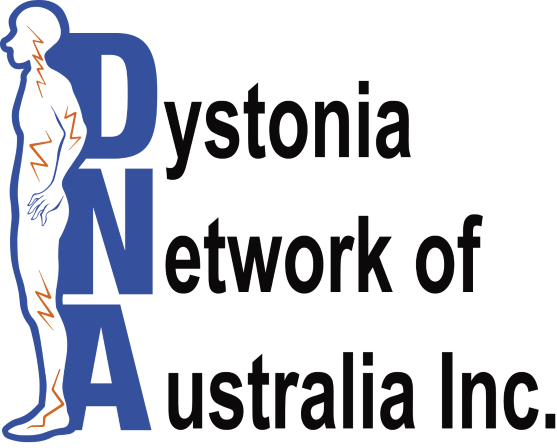What is spasmodic dysphonia?
Spasmodic dysphonia, also known as laryngeal dystonia is a focal dystonia, which means it only affects one area of the body, in this case the muscles of the larynx or voice box. The muscle spasms prevent the vocal cords from vibrating, which is necessary for speech. There are two main recognised types. The most common type occurs when the vocal cords are forced together (adductor), the voice becomes strained and there are many interruptions in speech. In the second type the spasms keep the vocal cords apart (abductor) leaving hoarseness and a whispering quality to the voice. There are other variations of spasmodic dysphonia including a combination of adductor and abductor. Some people with spasmodic dysphonia experience episodes of stridor (noisy, effortful breathing) or coughing. The symptoms often vary throughout the day and are made worse by stressful situations such as public speaking or talking on the telephone. Spasmodic dysphonia usually only affects speech, and laughing or shouting is unaffected. Spasmodic dysphonia is not always confined to the vocal cords, and the pharynx, palate and tongue may be involved leading to difficulties with swallowing or obvious facial movements. Spasmodic dysphonia can also occur in combination with other dystonias such as neck, eyes, face or oral dystonias. It affects more women than men and often begins in the 30-50 year age group.
What causes spasmodic dysphonia?
For most people no cause is found. However, it is generally accepted that spasmodic dysphonia is related to a problem with the functioning and connections of various areas of the brain including the basal ganglia and the cerebellum. There is no known cure but there are treatments that help with the symptoms. No gene has been found where spasmodic dysphonia occurs alone. Research into all forms of dystonia is continuing worldwide.
How is spasmodic dysphonia diagnosed?
Diagnosis is usually based on a multidisciplinary approach. Initially a specialist neurologist (a neurologist with a special interest in Movement Disorders) will assess the clinical symptoms, perform a neurological examination and take a detailed history for a possible diagnosis of spasmodic dysphonia. An Ear, Nose & Throat Surgeon may be asked to perform an examination of the larynx (laryngoscopy) to confirm the diagnosis and type of spasmodic dysphonia. A Speech pathologist can look at the speech patterns to aid in diagnosis. If symptoms only occur from time to time, as they often are in the beginning, it may take some time to obtain a clear diagnosis. A delay in diagnosis means a delay in commencing treatment which can add to the person’s frustrations.
What treatments are available?
Please see treatment options for more information on these treatments. Oral medications include benzodiazepines which act as muscle relaxants, anticholinergics and anti-epileptic drugs. These medications have been used with limited success. Botulinum toxin remains the treatment of choice for most people with spasmodic dysphonia. Extremely small amounts of this widely used and clinically safe substance are injected into the affected laryngeal muscles, which reduces the overactivity of the muscles by weakening them. There are possible initial side effects such as mild swallowing difficulties or a weak voice but for most it is well tolerated. Where the pharynx, palate and tongue are involved Botulinum toxin is not so successful. Surgery: there have been many surgical procedures performed for SD with varying success. These include surgical separation of the vocal cords (thyroplasty) and various other procedures to cut part of the nervous supply to the muscles of the larynx. A Speech Pathologist can assess the type of dysphonia and teach strategies to improve voice production and projection as well as giving advice on any swallowing difficulties. Alternative therapies: if you are considering having alternative therapies you should discuss them with your specialist beforehand to ensure they are not contraindicated in your condition.
What is the long term outlook?
Spasmodic dysphonia can affect the individual emotionally, socially and occupationally. It is therefore important for the individual to be aware of all treatment options available to make informed choices with their specialist and improve their quality of life. Spasmodic dysphonia often causes depression and anxiety. These health symptoms can have as big an impact as the physical symptoms and should be discussed with your neurologist, GP or mental health professional.
St Vincent’s Hospital Articles:
20 Years of Voice Botulinum Toxin Therapy at St Vincent’s Hospital
Given to DNA with permission of Dr Paul Darveniza, Dr Stephen Tisch & Greg Partington.
Download Brochure
Brochure – Spasmodic Dysphonia Download PDF
Not a member? Join today to assist us to continue to provide resources.
Disclaimer: The information contained on this page is of a general nature only. Please consult a Movement Disorders specialist or neurologist if you have specific questions regarding your condition.
Page reviewed 31 January 2024





